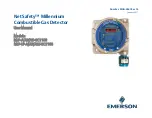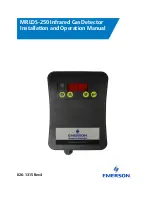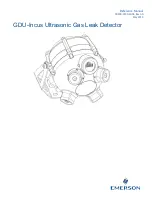
28
If the user desires more than a visual reminder that performance validation is due, an alarm contact can be
connect to output relay 1 or 2. Those relay outputs are normally tied to the reject device, so the user must
enable the performance validation alarm. From the ‘Performance Validation Menu’ select ‘Validation Alarm
Setup’. The following screen will appear:
Press the Enable/Disable to enable the relay. The relay will toggle when the performance reminder screen
appears and clear when the user selects either Cancel or Begin. An alarm and/or light can be wired to the relay.
TROUBLESHOOTING
WARNING: Whenever wiring is to be done to the terminal stop of the detector, make sure ALL sources of
power have been disconnected. Terminals controlling other devices may be powered from sources other than
those supplying the metal detector. Caution should be used when working on machinery as components may
stop and start automatically without warning.
Most faults found with metal detector installations occur in the conveyor system or in the surroundings of the
machine. As a result, the best way to troubleshoot a detector is to go through the mechanical and electrical
installation sections.
There should be one ground to the detector, conveyor, and reject.
The metal detector should be installed away from pulleys and motors.
All conveyor feet should be firmly on the floor to prevent rocking.
There should be no fixed or moving metal within the metal-free zone.
Nothing should be in contact with the inside of the metal detector aperture.
Voltage sags or surges greater than 10% can cause false triggers.
Two pieces of metal making intermittent contact in the vicinity of the detector will cause false triggers. Check
for loose nuts and bolts.




































